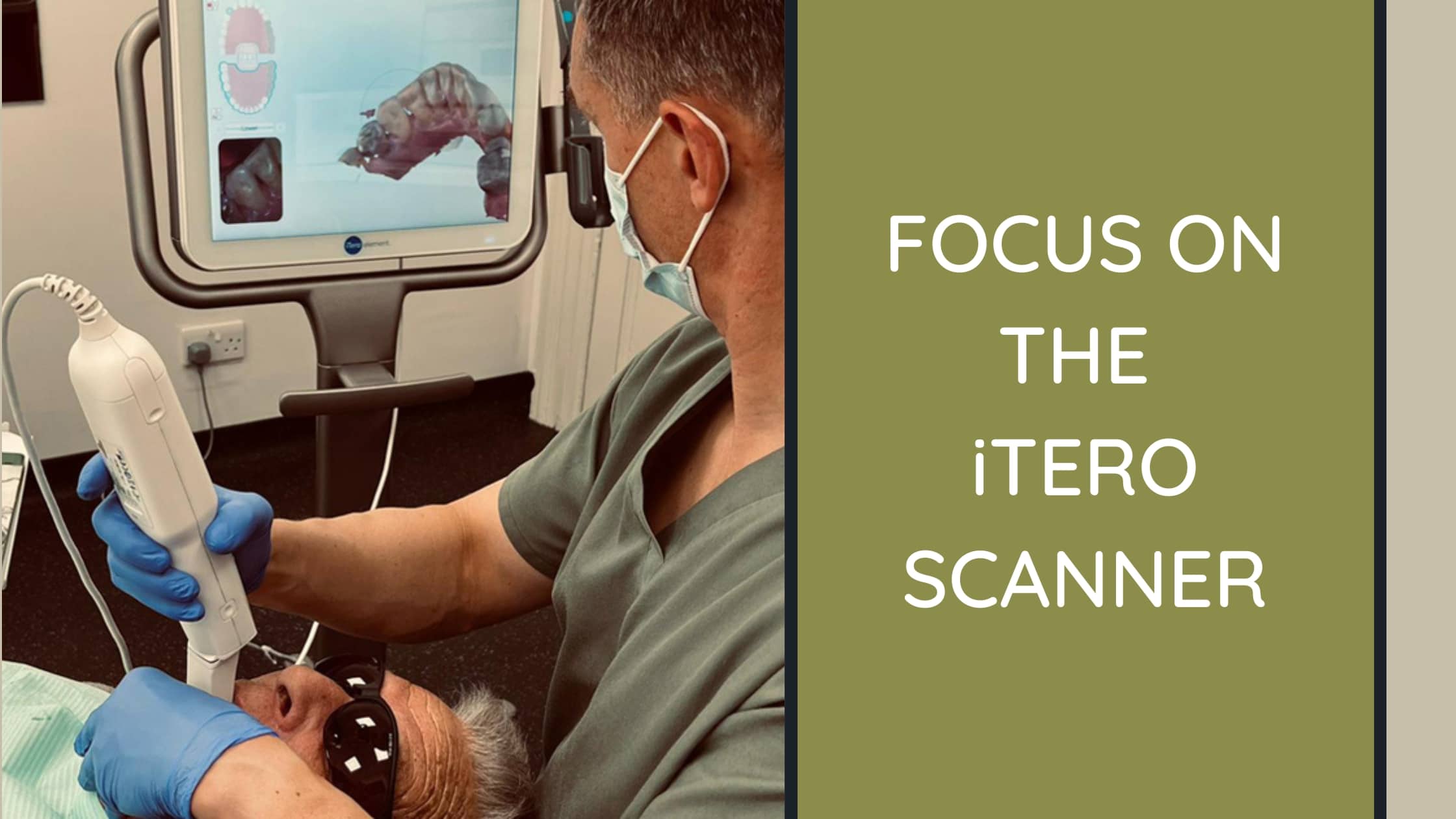
We were one of the first practices in the country to introduce iTero scanners which we use to capture pictures inside the mouth, which creates a 3D model of the teeth and gums. iTero scans reduce the need for traditional methods, such as taking impressions, making patients’ treatment experience more comfortable.
Using the iTero has a number of benefits, it significantly reduces patient time in the chair. We can also show the patient instantly what we are seeing on the scan which allows them to make informed decisions on our recommended treatment. The dentist receives real-time chair-side feedback, meaning that margins, occlusion, and contacts can be adjusted immediately.
Interestingly, The iTero scanner has been in the news recently for its use by a Marine Biologist, Dr Kate Quigley, in studying the development of baby coral. Using the dental scanning technology, Dr Quigley has been able to study coral, leading to more efficient data gathering and a potential to protect these vital oceanic species.
iTero Scanner Used to Study Baby Coral
After a trip to the dentist, where Dr Kate Quigley’s clinician used an intraoral scanner to take scans to create a 3D model of her teeth, Dr Quigley wondered if she could apply this technology to coral. Coral, which Dr Quigley studies, has been at risk for decline, making its preservation and protection important for the quality of oceanic ecosystems.
Looking and studying coral early in its lifespan can help scientists predict trajectories of disturbance or recovery. Noting the similarity in structure between coral and teeth, Dr Quigley applied an iTero Element 5D Flex to scan and measure juvenile corals at the Australian Institute of Marine Science’s National Sea Simulator. These scans were said to take less than 3 minutes and did no harm to the coral. Previously, getting full scans and models of coral took over 4 hours.
“For the first time, this new method will allow scientists to measure thousands of tiny corals fast, accurately, and without any negative health impacts on the coral,” Dr Quigley said. “This has the potential to expand large-scale monitoring of ocean health and for up-scaling coral reef restoration.” [1]
To read Dr Quigley’s report, click here.
The iTero has been transformational, not just to patient experience and dental diagnostic abilities, but in other applications that were not expected. We are proud to be the 2nd practice in the UK to adopt these scanners and we’ve been using them since 2007.
References:
[1] https://www.dentalproductsreport.com/view/marine-biologist-uses-itero-element-5d-flex-to-scan-and-study-baby-coral
You’ve Waited Long Enough
Get in touch with us to learn about award-winning, specialist-led cosmetic, restorative and general services at Reading’s home of slow dentistry.
Get in touch
![📣 Read our Spring newsletter to find out all about what's been going on at Woodborough House recently! 👇
We've had lots to smile about! 😄
Go to: https://mailchi.mp/e7e247861bdb/spring-2024?e=[UNIQID] or find the link in our Bio.
If you'd like to receive our newsletters and you haven't already subscribed, please email us at info@woodboroughhouse.com and we'll add you to our mailing list.](https://www.woodboroughhouse.com/wp-content/plugins/instagram-feed/img/placeholder.png)